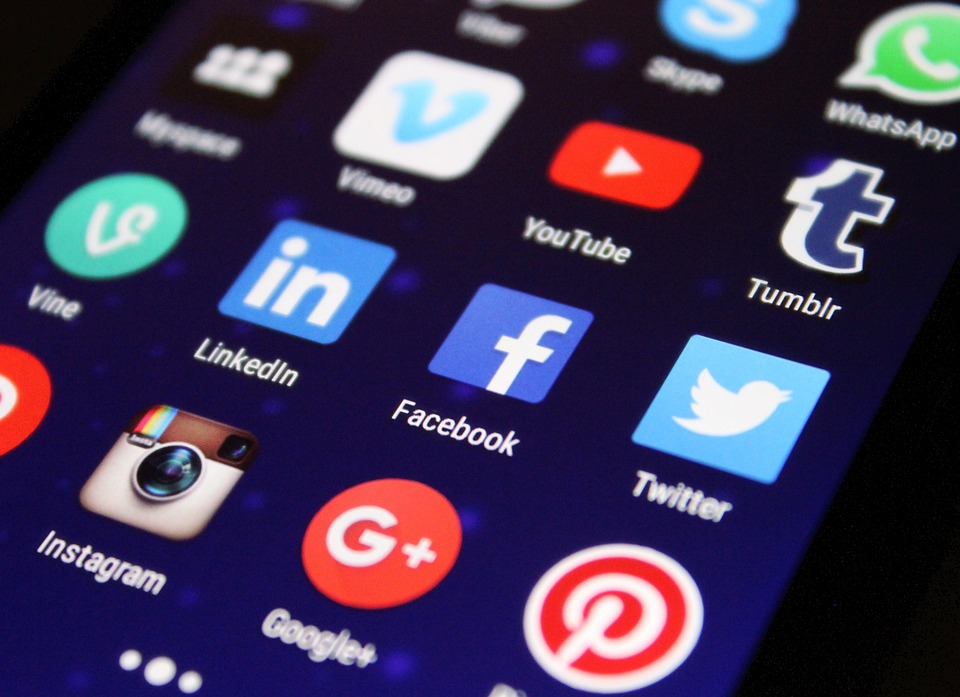The Internet of Things (IoT) has rapidly transitioned from a futuristic concept to an integral part of modern life. From smart homes equipped with interconnected devices to industries achieving unprecedented efficiencies, IoT is transforming the way we interact with the world. However, achieving seamless interconnectivity among these myriad devices poses significant challenges, primarily due to the lack of standardization. This is where IoT standards and protocols come into play, providing the necessary framework for devices to communicate and collaborate effectively.
Understanding IoT Standards and Protocols
What Are Standards and Protocols?
Standards refer to established guidelines or specifications that ensure compatibility and interoperability among devices and systems. They define how devices should behave, ensuring they can exchange data, adhere to safety regulations, and operate within given frameworks.
Protocols, on the other hand, are the specific rules and conventions for communication between devices. They dictate how data is transmitted, including how it is formatted, transmitted, and received. In the IoT ecosystem, both standards and protocols are crucial for enabling different devices—often made by various manufacturers—to work together seamlessly.
The Importance of IoT Standards
-
Interoperability: One of the primary benefits of IoT standards is interoperability. Through standardized communication protocols (like MQTT, CoAP, and HTTP), devices can communicate regardless of the manufacturer, operating system, or device type. This opens up an ecosystem where diverse devices can share information and work collectively, enhancing user experiences and operational efficiencies.
-
Scalability: As the number of IoT devices continues to grow, so does the complexity of their interactions. Standards make it easier to scale operations by providing guidelines that govern how new devices can be integrated into existing systems without major overhauls.
-
Security: Security is a critical consideration in the IoT landscape. Standards provide frameworks for secure communication, helping to protect devices from unauthorized access and cyber threats. Compliance with established security standards increases customer trust and reduces the risk of data breaches.
- Reduced Costs: By adhering to standard protocols, companies can reduce development costs and time to market. Developers can leverage existing technologies and frameworks instead of creating custom solutions for every new device, thereby streamlining the development process.
Key IoT Protocols
Several protocols serve as the backbone of IoT communication. Here are a few key ones:
1. MQTT (Message Queuing Telemetry Transport)
Developed for low-bandwidth, high-latency environments, MQTT is a lightweight messaging protocol that is ideal for IoT applications. It operates on a publish-subscribe model, allowing devices to communicate efficiently with minimal overhead, which makes it particularly useful for scenarios involving numerous remote sensors.
2. CoAP (Constrained Application Protocol)
Designed specifically for constrained devices and networks, CoAP is a web transfer protocol that allows simple devices to communicate over the Internet. Its features, like low overhead and multicast support, make it ideal for resource-constrained environments, such as those found in industrial IoT applications.
3. HTTP/HTTPS
While not exclusively designed for IoT, HTTP and its secured counterpart, HTTPS, are widely utilized due to their simplicity and pervasive presence in web applications. Many IoT devices, particularly those with robust processing capabilities, use these protocols for data exchange.
4. Zigbee and Z-Wave
Both Zigbee and Z-Wave are wireless communication protocols designed for low-power, short-range communication. They are predominantly used in home automation and smart home devices, enabling seamless communication between devices like lights, locks, and thermostats.
5. LoRaWAN (Long Range Wide Area Network)
LoRaWAN is a long-range, low-power protocol for wide-area networks. It is particularly suited for remote or rural applications where cellular connectivity may be limited, making it ideal for agricultural IoT solutions and other rural deployments.
The Role of Organizations in Standardization
Numerous organizations and consortia are tasked with developing and promoting IoT standards. Key players include:
- IETF (Internet Engineering Task Force): Responsible for developing and promoting internet standards, including protocols like CoAP.
- IEEE (Institute of Electrical and Electronics Engineers): Focuses on defining standards for a range of technologies, including various wireless communication protocols relevant to IoT.
- OASIS (Organization for the Advancement of Structured Information Standards): Contributes to standardizing security measures for IoT devices.
- OneM2M: A global standardization initiative that provides a common framework for machine-to-machine communications.
Future Directions
As the IoT landscape continues to evolve, the importance of standards and protocols will only increase. With the growth of edge computing, artificial intelligence, and 5G networks, new challenges will emerge that necessitate the development of additional standards.
Moreover, as regulatory bodies begin to enforce stricter data protection measures, the role of security in IoT protocols will be paramount. Collaborative efforts among manufacturers, standard organizations, and governments will be essential to address these challenges, ensuring that the IoT ecosystem remains secure, efficient, and user-friendly.
Conclusion
The evolution of IoT is dependent on effective standards and protocols that facilitate interconnectivity across diverse devices and platforms. As we move toward a more connected future, embracing these standards will empower innovation, enhance security, and improve the overall functionality of IoT solutions. By prioritizing interoperability and security, stakeholders can pave the way for a successful and sustainable IoT ecosystem that benefits individuals, businesses, and society as a whole.


